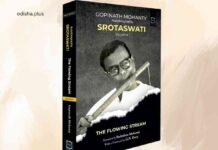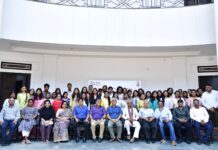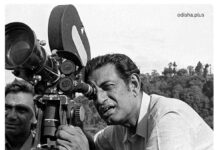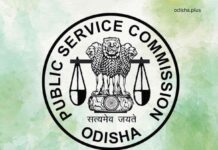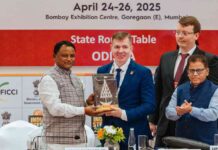Durga Puja, one of India’s most revered festivals, celebrates the triumph of good over evil, showcasing the country’s vibrant cultural diversity through its unique regional traditions
Mrinal Chatterjee
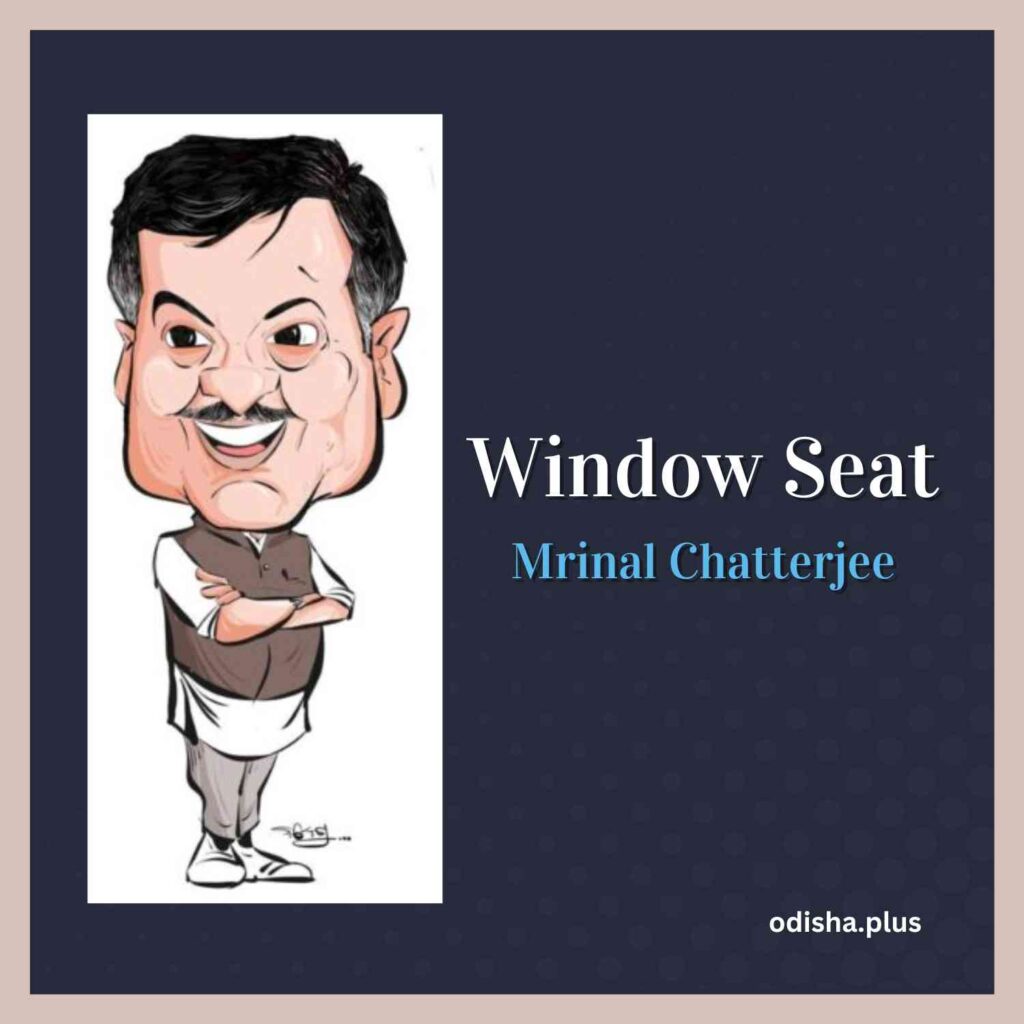
Durga Puja is one of the most significant festivals of India, which is celebrated across the country. This annual festival marks the worship of Goddess Durga, symbolizing the victory of good over evil, and is observed during the Hindu lunar month of Ashwin (September–October). The festival spans over ten days, with the last five days—Shashthi, Saptami, Ashtami, Navami and Vijaya Dashami—being the most significant.
India’s cultural diversity could be observed in the way Durga Puja is celebrated in the Northern States and the Eastern States of India. 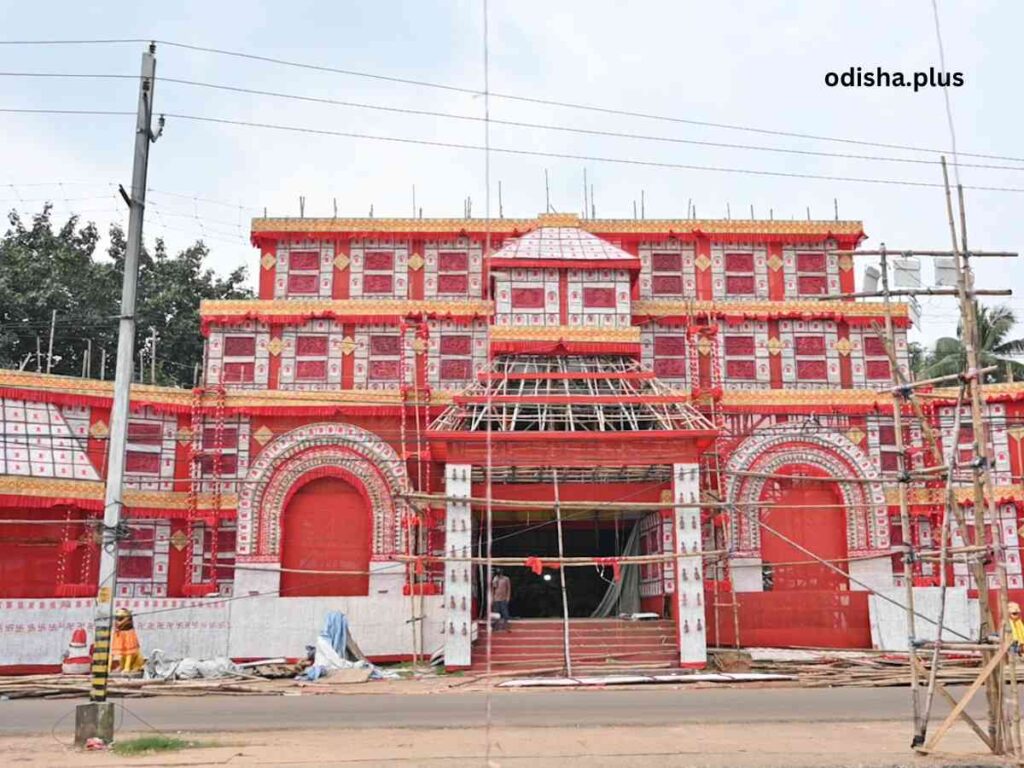
Durga Puja shows the cultural diversity of India; the festival rituals are different in North and East India. In North India, Durga Puja is intertwined with the Navratri festival, which lasts for nine nights and ten days, honoring the nine different forms of the goddess. This period is a time of fasting, prayer and reverence culminating in Dussehra, which marks the triumph of Lord Rama over the demon king Ravana, symbolizing the victory of good over evil. Large effigies of Ravana, Meghnad and Kumbhakarna are constructed and ceremoniously burned in public celebrations, symbolizing the victory of Lord Rama and the destruction of evil forces. These events are often accompanied by stage performances of the Ramayana, known as “Ramleela,” where the life of Lord Rama is depicted through plays. In many regions, the festival is accompanied by traditional dance. In Gujarat, Garba and Dandiya, traditional dance forms are vigorously performed where people dress in colorful outfits and dance in circles to folk music.
In East India, especially in West Bengal (as well as in Bangladesh), Durga Puja is much more than a religious event; it is a social and cultural phenomenon. Beautifully crafted idols of Goddess Durga, along with—Lakshmi, Saraswati, Kartikeya and Ganesha—are installed in elaborately decorated pandals. Each pandal is an artistic masterpiece, often reflecting various themes, ranging from mythology to contemporary social issues. The rituals of Durga Puja involve the recitation of scriptures, offerings of flowers (Pushpanjali) and the rhythmic beats of Dhol (in Odisha) and Dhak (in Bengal), both are traditional drums, which add a festive fervour to the atmosphere. On the final day, Vijaya Dashami, the idols are taken in processions for immersion in rivers or other water bodies, symbolizing Durga’s return to her celestial abode.
Gandhi in Visual Arts
Mahatma Gandhi has been a powerful and enduring figure in visual arts, both in India and globally. His life, philosophy and image have inspired countless artists to explore themes of peace, non-violence and social justice.
In paintings, drawings, etchings and murals, Gandhi is often depicted as a symbol of simplicity and humility, usually clad in his iconic khadi garments, with a walking stick or spinning wheel, representing his advocacy for self-reliance and Indian craftsmanship. Indian artists such as Nandalal Bose and Jamini Roy created works that captured Gandhi’s essence, emphasizing his spiritual leadership.
Gandhi has also been portrayed in sculpture. Notable sculptures include those by renowned Indian sculptor Ram V. Sutar, whose statue of Gandhi stands at the Indian Parliament and several other prominent locations worldwide. These sculptures aim to immortalize Gandhi’s physical presence while reflecting his moral and ethical stature.
Devi Prasad Roy Choudhury created the Dandi March sculpture with 10 persons following Gandhi in 1972 as a national monument to commemorate the silver jubilee of Indian independence.
In contemporary times, Gandhi’s image continues to be reinterpreted in pop culture and street art, signifying his relevance as a global symbol of peace, justice and equality in the ever-changing world of visual expression.
Durga as ‘Gharer Meye’
Goddess Durga has been portrayed in many different forms. Astride a ferocious lion she is the slayer of the demon king Mahishasura. She is also Shailaputri, Brahmacharini, Chandraghanta, Kushmanda, Skandamata, Katyayani, Kaalaratri, Mahagauri and Siddhidatri. Each form holds significance and represents different aspects of the goddess.
However, for the Bengalis, Durga is their daughter. She is coming from Kailash to spend four days at her mother’s home with her daughters Laxmi and Saraswati and sons Ganesh and Kartik. Mahadev is living alone in Kailash for these four days. See the graphic printed on a banyan. It reads: wife has gone to her father’s home.
There is an easy going bonhomie between people and the Goddess; in Odisha we also have the same kind of relationship with Lord Jagannath. We consider the lord as a member of our family.
Ratan Kuthi@100
I had been to Visva Bharati, Santiniketan on a short trip. At Santiniketan I have been lodged at Ratan Kuthi, one of the guest houses of Visva Bharati, built exactly 100 years ago.
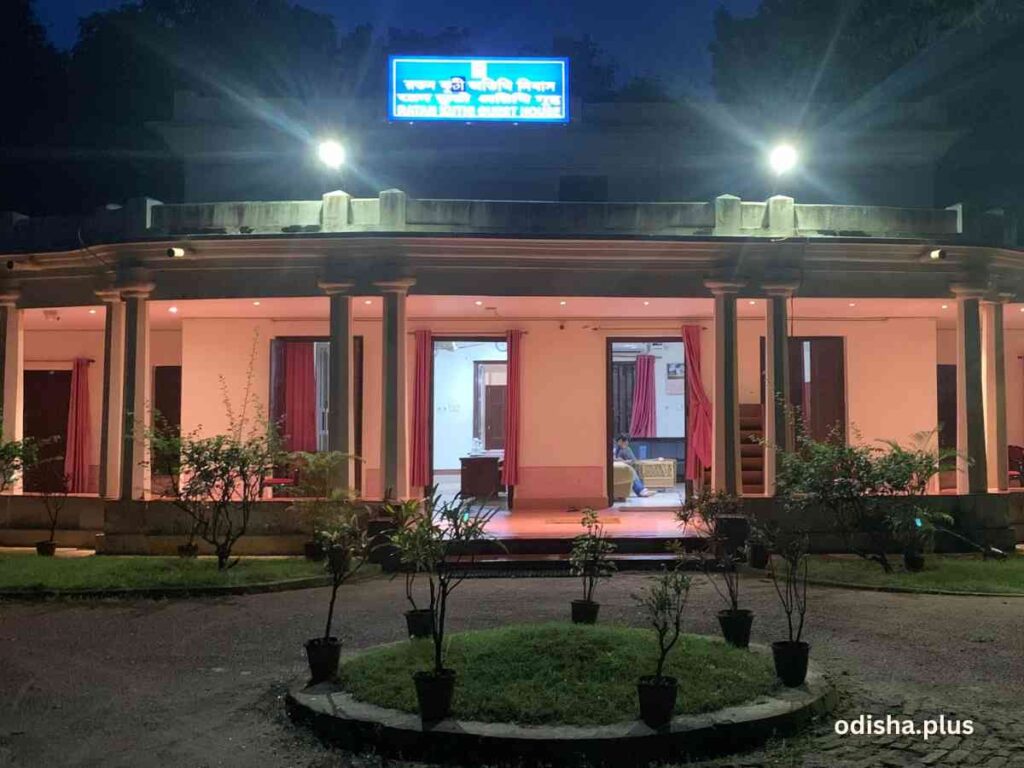
Ratan Kuthi was erected in 1924 out of a donation by trustees of Sir Ratan Tata (that probably explains its name) to be used as a residence for scholars who stayed and worked at Santiniketan. This elegant elliptical shaped building has been turned into a guest house. It is great to stay at this serene and wooded place. And yes, the food was also good.
Langcha
Shaktigarh, between Kolkata and Burdawan, is the birthplace of a sweet called Langcha, which literally means limp. It was first prepared in British Raj time. It is believed that the person who prepared this pantua/gulab jamun type sweets named it after a British officer who used to limp and walk and who was quite pleased with it.
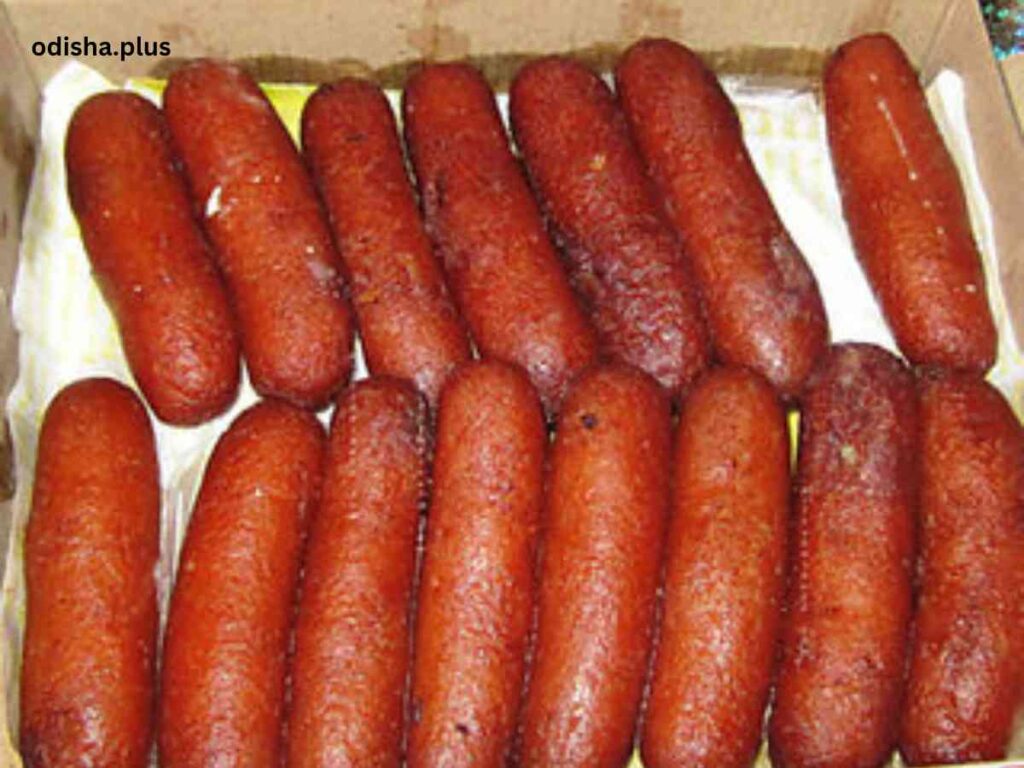
As ‘langcha’ became popular, several shops sprang up in this area and it became a popular eating place. Now as the NH flyover was made, the sweet shops shifted to a place called Amrah. There are about 100 langcha shops on both sides of the road. Names of all the shops are suffixed or prefixed by the word langcha like ‘Langcha Mahal’, ‘Langcha Bhandar’, ‘Langcha next Gen’, ‘Langcha Haat’, etc. It goes well with Kachuri and Potato curry.
(The author is Regional Director Indian Institute of Mass Communication, IIMC Dhenkanal. Views are personal)









